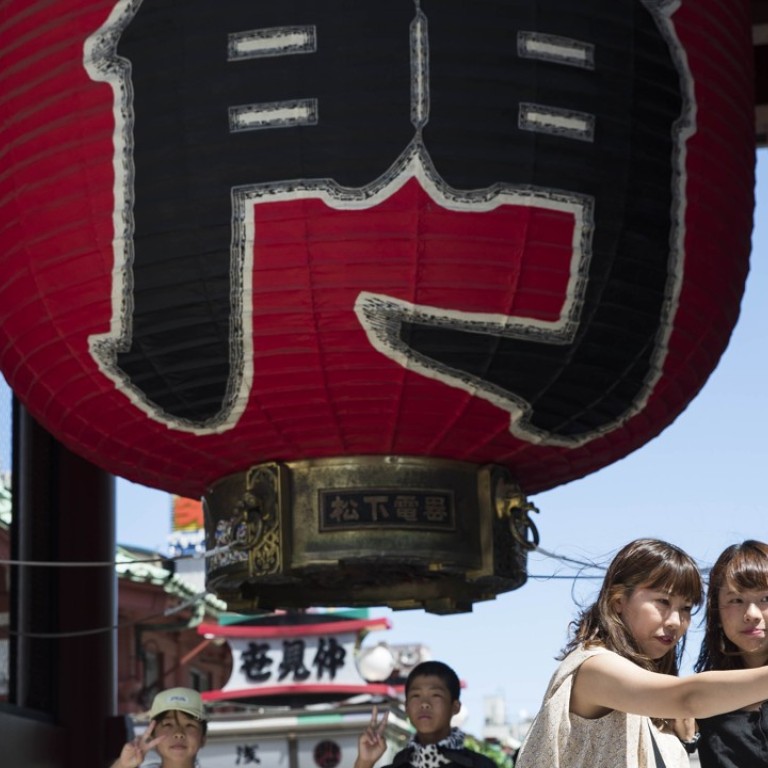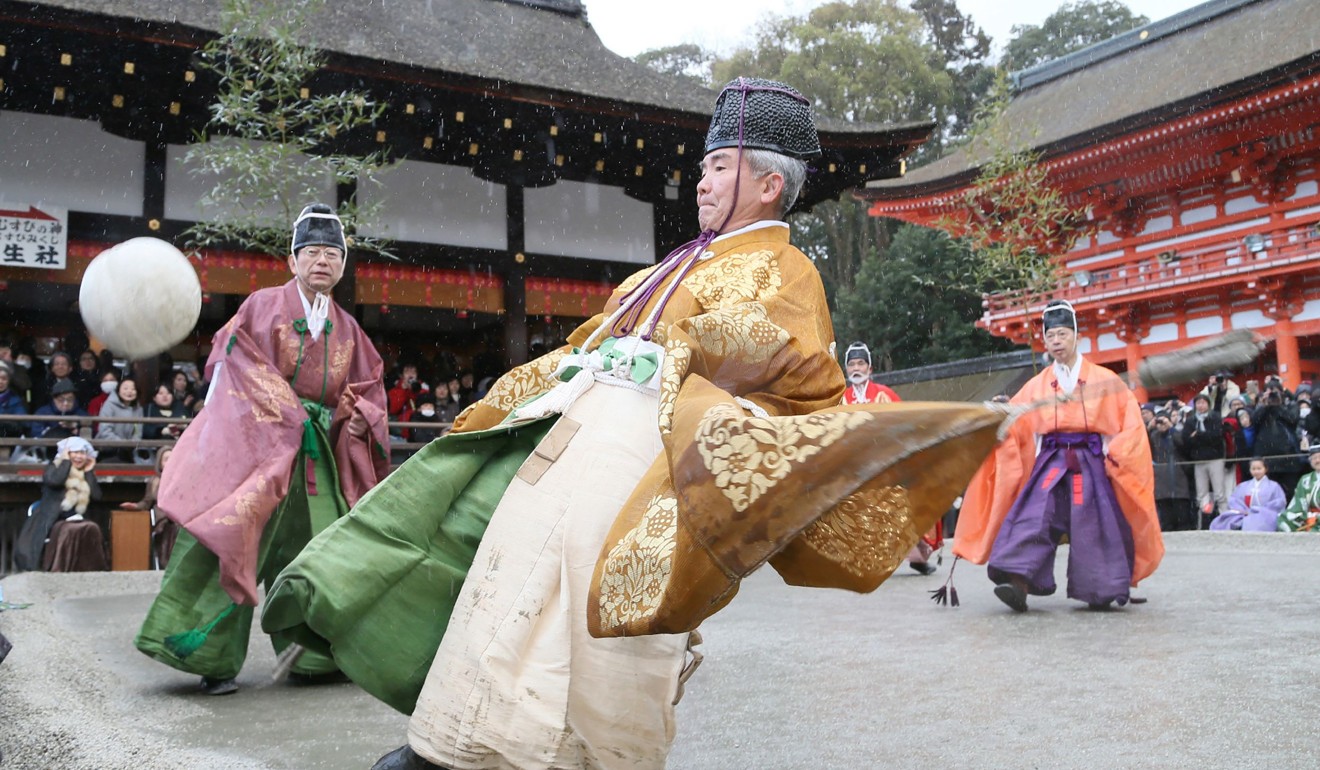
How many tourists are too many for Japan?
The government is promoting tourism to boost its economy. While some of its targets seem less likely after last month’s natural disasters, some locals may not be too displeased as over-tourism continues to worsen
The country of 127 million is gunning for 40 million inbound tourists in 2020 – a target thought to be well within reach, until official figures showed a decline in arrivals of more than 5 per cent in September.
Travel authorities insist the tourist figures, the first month-on-month drop since 2013, are a direct result of the recent sequence of natural disasters that struck the country. September saw Typhoon Jebi, the most powerful typhoon to hit Japan in 26 years, and this was followed just days later by a magnitude-6.7 earthquake that killed at least 40 people in Hokkaido. They have served only to underline the precariousness of an industry that relies very heavily on Japan being perceived as a safe destination.
Japanese yakuza are recruiting homeless people to build infrastructure ahead of 2020 Tokyo Olympics
About 28.7 million foreigners visited Japan last year, up from just 8.3 million 10 years ago, according to the Japan National Tourism Organization.
This past September, those who stayed away included South Koreans, with 14 per cent less travellers compared to the same month last year. Visitor numbers from Taiwan were down 5.4 per cent, while there was a 3.8 per cent drop in Chinese tourists to 652,700.
The travel industry, as well as national and regional governments, have worked hard to repair Japan’s image, leading travel agents to agree the numbers for October should show a recovery.
But the slowdown could prevent the total number of arrivals this year breaking through the 30 million threshold for the first time, even as the government continues implementing measures to reach its 2020 target.

Earlier this week, local media reported the Japanese government would introduce an electronic application system for tourist visas from April 2020. The system would first be available to Chinese tourists – figures from the Japanese foreign ministry show six in 10 visas issued last year were to Chinese visitors.
Japan’s ultimate aim with the 40 million target is for tourism to be a significant contributor to its gross domestic product; at just 0.5 per cent in 2016, according to a McKinsey report, it is far behind the likes of Thailand (10.4 per cent the same year).
The rewards for Japan’s economy are particularly enticing as its ageing population becomes more of a concern. McKinsey estimates the 2020 target would increase total inbound-tourism revenue to Ұ8.0 trillion (US$71 billion), up from Ұ3.5 trillion from 19.7 million tourists in 2015.
However, natural disasters notwithstanding, there are some fundamental problems causing concern for a government that is actively promoting the sector – enough for it to order an investigation into the worsening problem of over-tourism.
Japan’s conservatives cry bias as UN committee takes Tokyo to task over wartime ‘comfort women’
The JTA has sent questionnaires to 50 local governments around the country about the impact that large numbers of tourists are having on their districts, and plans to expand the study to a further 150 cities in the coming weeks.
Traditional travel hotspots – such as the ancient capitals of Kyoto and Kamakura – have already introduced measures designed to limit the effects mass tourism will have on their communities, although clashes are still occurring. And then there are reports of unscrupulous landlords are taking advantage of a shortage of accommodation to rent out unlicensed properties.
“It’s a problem,” says Masaru Takayama, president of Kyoto-based Spirit of Japan Travel. “There has been a clear negative impact on the lives of some residents here from foreign visitors. Old people cannot get on buses any more and the pavements are too crowded for them to pass.”

“There is a big problem with litter and visitors not disposing of rubbish in the right way and some simple misbehaviour,” Takayama continued. “I saw some tourists physically blocking a geisha from going down a street so they could take a photo with her. And one of them took an ornament out of her hair.”
A spokesman for the city’s tourism department agreed that the increase in tourists “has had an influence on the daily lives of citizens of Kyoto”, but the organisation has introduced measures designed to reduce the friction between locals and outsides.
The city has partnered with TripAdvisor to produce a guide to manners for tourists, and is encouraging people to visit outside peak season or to see the most popular sights at less crowded times of the day.
To help fund its programmes, Kyoto this month introduced a new tax on hotels throughout the city, with guests asked to pay an additional Ұ200 to Ұ1,000 per night, depending on the level of accommodation.
In Japan’s dying countryside, ancient festivals struggle to live
While those figures are relatively small, it is another expense for visitors, while other municipalities are also considering imposing similar taxes to replenish city coffers that are running low as other tax revenues shrink and the population ages.
The national government is sticking to its target of 40 million foreign tourists in 2020, the year Tokyo will host the Olympic Games. Given the influx of sports fans that will inevitably follow, that is not an unreasonable aim.
In the years after the Olympics, however, there are questions over whether the tourism sector can continue to grow at such breakneck speed. Rising costs, inadequate infrastructure (including accommodation), a population that is losing its tolerance for outsiders and fears over more natural disasters may just take their toll.

